Mother’s Ruin the history of gin
Never having been a gin drinker I was intrigued by all the new artisan gins available in Europe. I do recall a few unfortunate gin moments in my younger years though. I always hated the taste of a traditional British Gin & tonic and that whole notion of a gin martini, fortunately, bypassed me. But, then I tasted some of the new flavoured gins and I was hooked.
At most of the food markets in the UK, you will find small-batch producers introducing their newest artisanal gins. I’ve tasted rhubarb gin, gooseberry gin, quince gin and several other flavours I couldn’t wrap my head around – chocolate gin anyone?
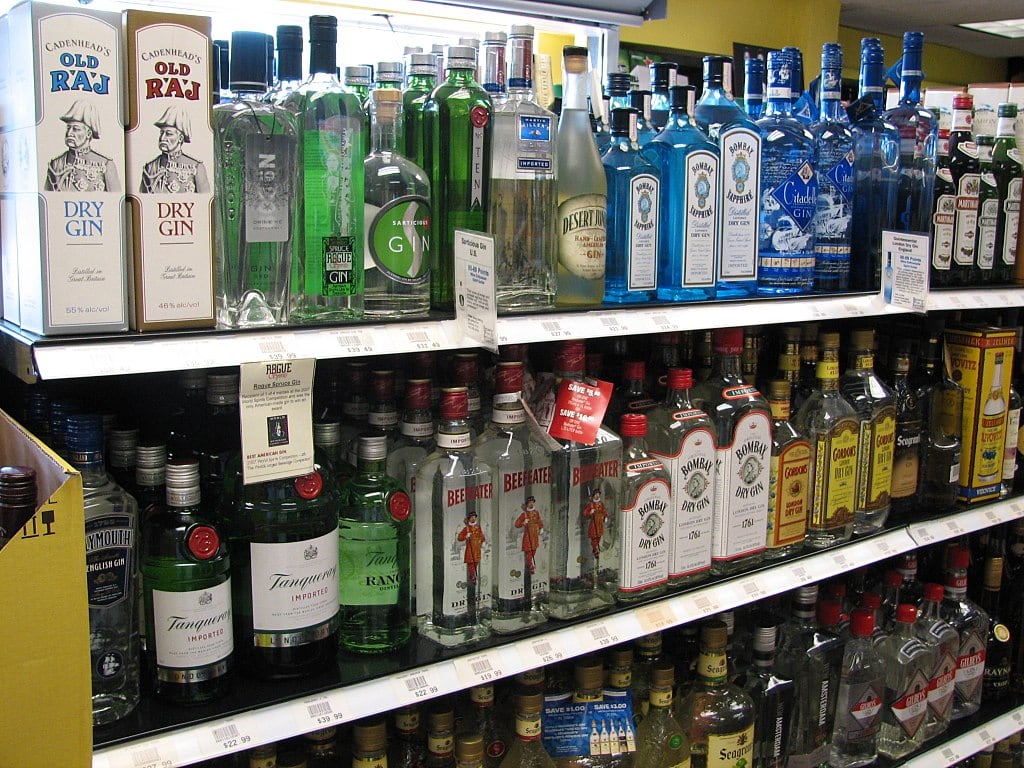
Small batch craft gins are everywhere these days and these new artisanal gins are winning over gin haters all over the world. Artisan Gins have moved into the mainstream and now folks are even attempting to make their own craft gin at home.
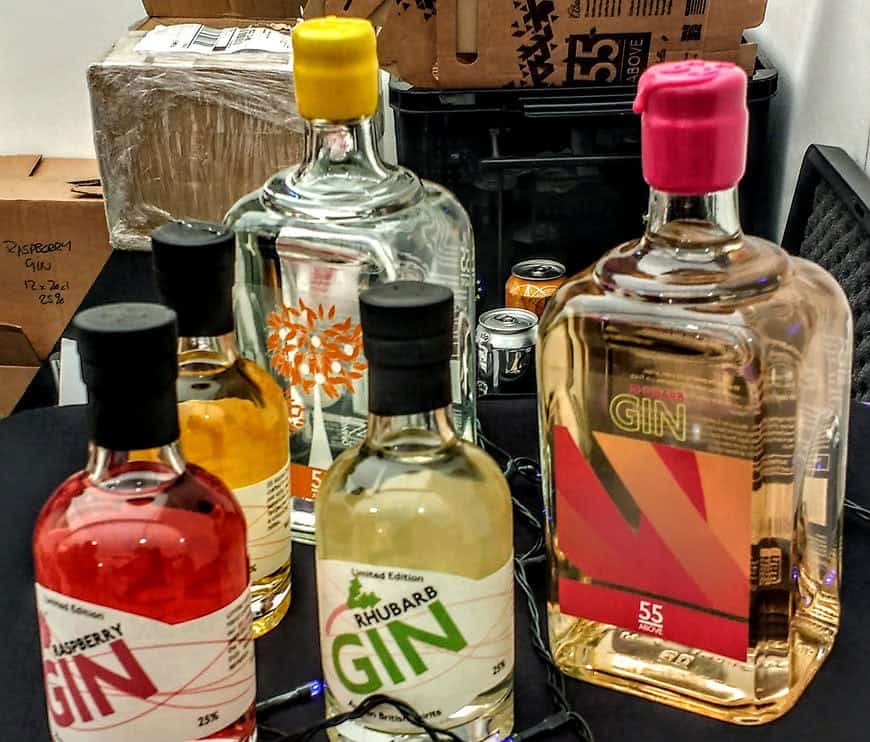
A short history of gin
I do love the names Gin has gone by in yesteryear – Mother’s Ruin, Cuckold’s Comfort, and Dutch Courage for example. Redolent (literally) of those nasty Victorian alleyways, Jack the Ripper and the mean streets of London back in the day. History has given Gin some pretty colourful nicknames.
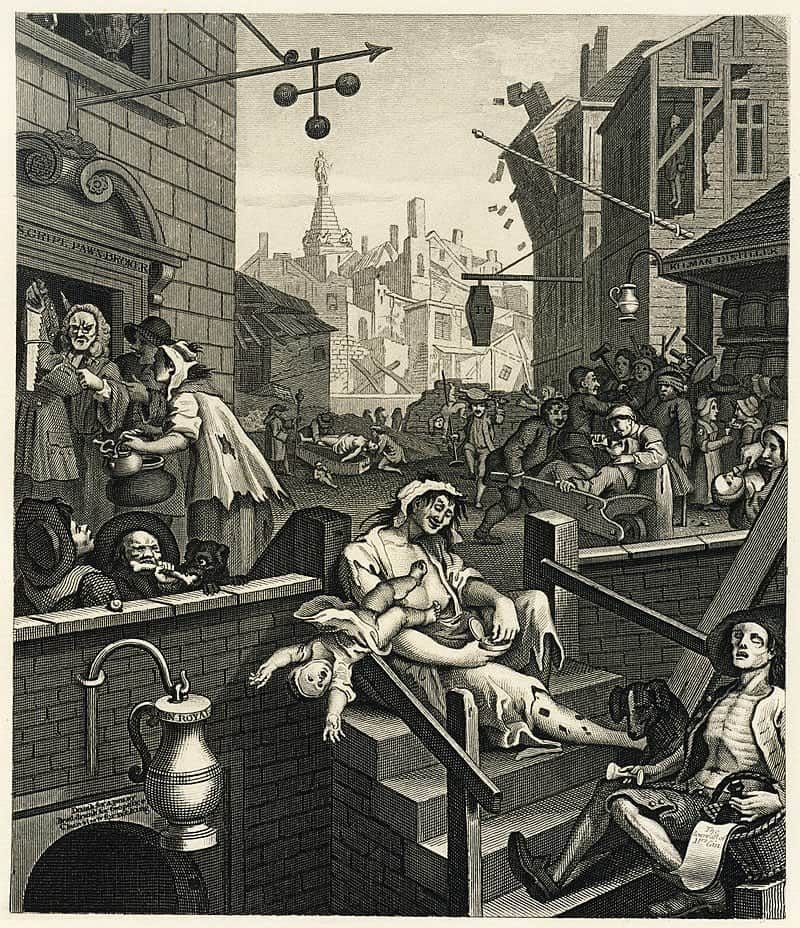
Juniper berries are the key ingredient in Gin and were used in 70AD, juniper berries were soaked in wine as a drink to be taken to help chest ailments.
Gin in the UK
In the late 1600s William III of England, a Dutchman originally known as William of Orange became King of England, Ireland, and Scotland in 1689. He enforced blockades and introduced heavy taxes on French wine and Cognac in an attempt to weaken their economy.
At the same time, William III instituted The Corn Laws in England. These decrees provided tax breaks on spirits production, which led the British into a period that became known as the Gin Craze because a pint of gin became cheaper than a pint of beer.
Of course, there is also the N. American history of bathtub gin in NYC, and gin smuggled in from England to lift the spirits of Americans during Prohibition. Thank the goddess those days are now over and even I can be convinced to enjoy a new kind of gin.
The British have always big gin drinkers and have quaffed their fair share of it over the years. These days handmade, small-batch produced gins are being created all over the United Kingdom and Ireland. This quiet revolution has been taking place across the globe but here in Britain, the idea of sustainable, environmentally friendly farm to table foods has impacted the spirit field.
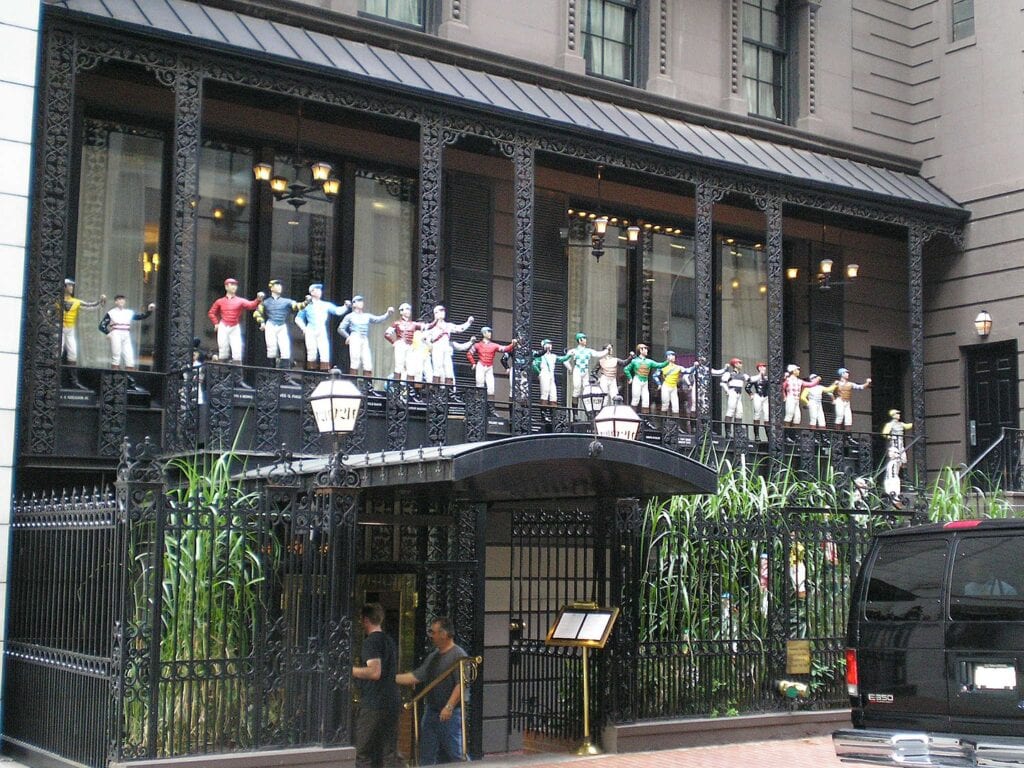
The field to bottle revolution has changed up the spirit markets and folks are tasting gins infused with rhubarb, roses and other flavours. I was an avowed non-gin or vodka drinker, prior to tasting these products, but the quality and flavour have made me change my mind.
The word gin itself comes from the French ‘genièvre’ and Dutch ‘jenever’, both of which mean ‘juniper’.
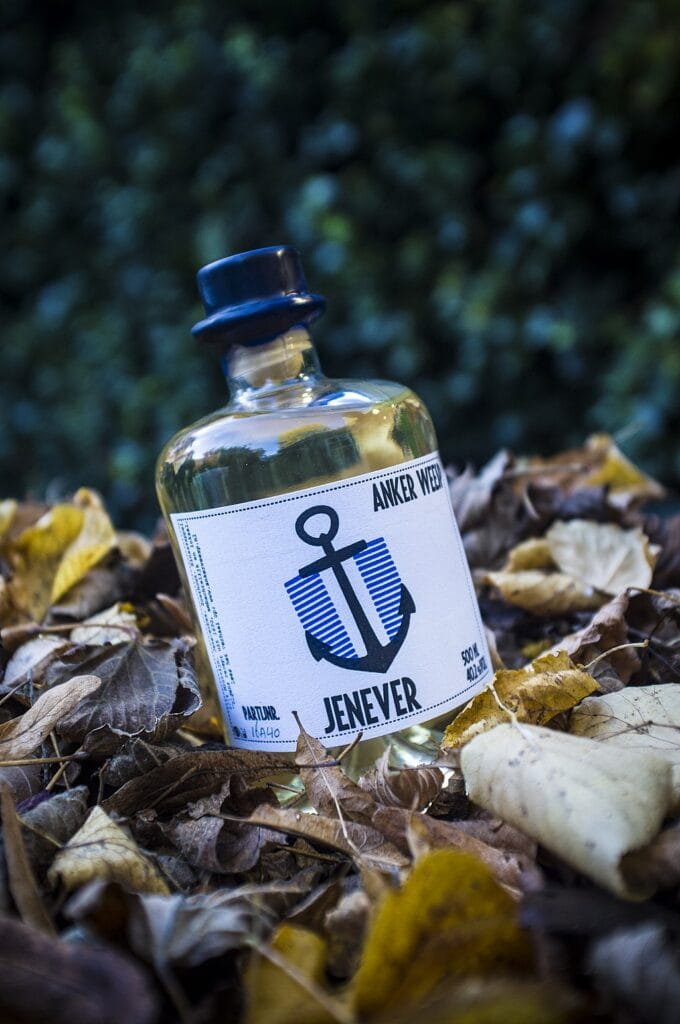
Simply put gin is a colourless, or ‘neutral’ spirit, that can be made from fermented grain or molasses, and flavoured with juniper berries. Over the years various herbs, fruits and spices, aka botanicals, have been added to the mix to enhance the flavour.
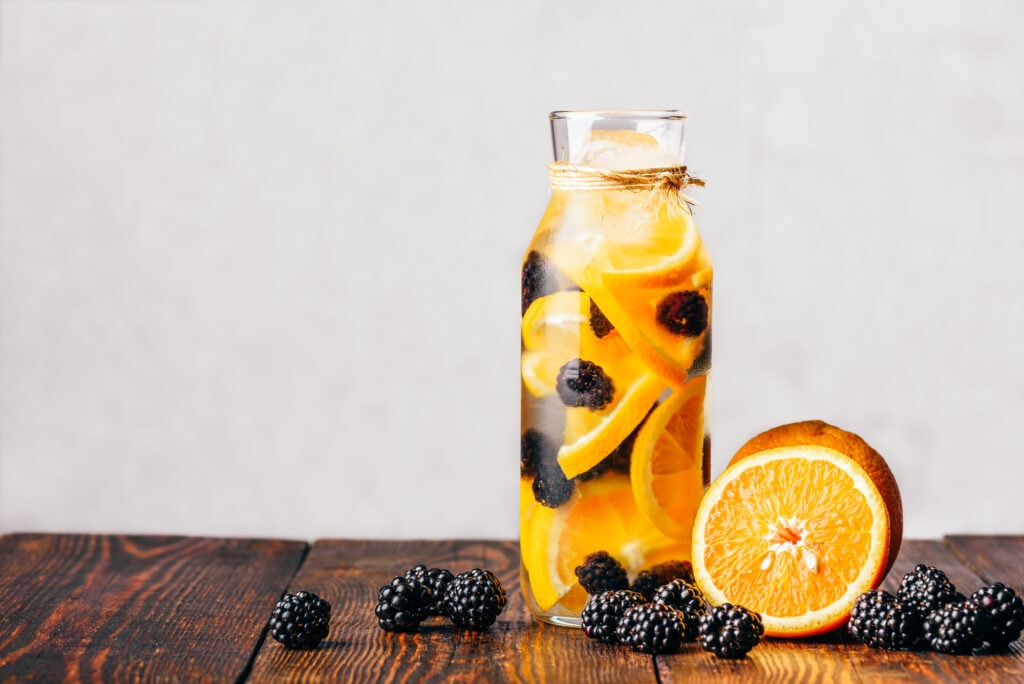
In the 18th Century, gin was the drug of the poor. Slum ridden Georgian London was hell and for a few pennies, the poor found escape from hunger and cold through gin. During WWII, gin still being the British drink of choice was called Mother’s Ruin, because many a poor girl had a few too many and succumbed to the ‘charms’ of a soldier.
Considered the quintessentially British spirit, gin was actually created in Holland where it was medicinal. The Dutch created something they called “genever”. the British tried to imitate the drink when back in the UK and gin was the result. Gin has become legendary in food culture and it seems like there’s a new flavour introduced every day.
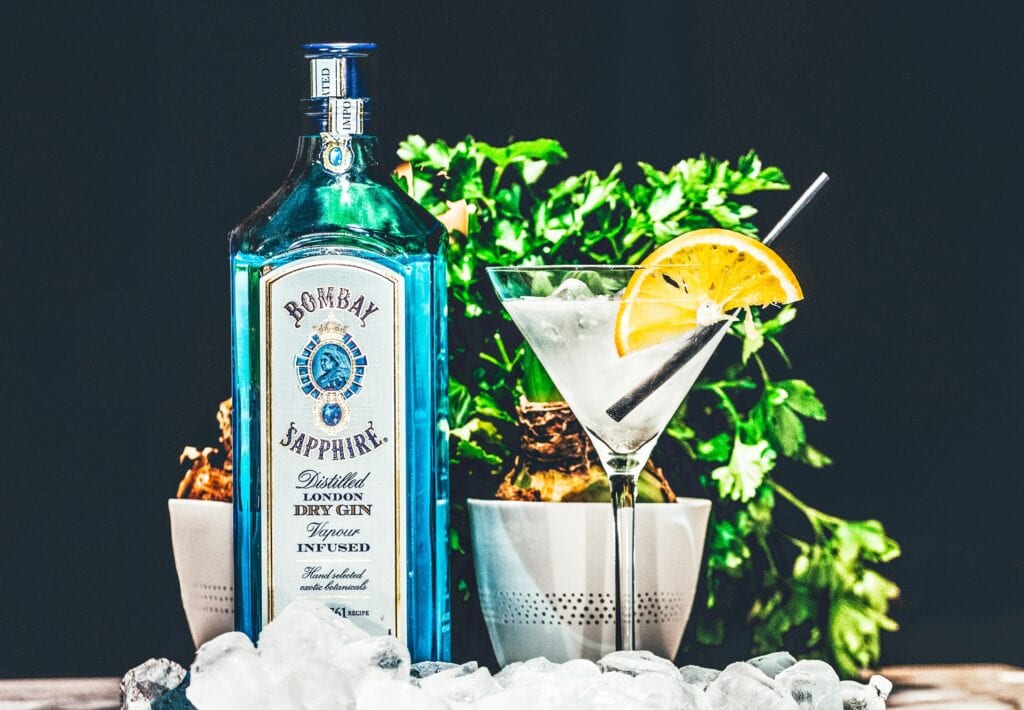
The rise of Artisan Gins
Now gin is back thanks to the slow food movement’s encouragement to grow, make and buy local. The traditional ‘G&T’ is still one of the most popular drinks in England, but these days it is made with an artisanal gin and tonic. With the popularity of gin on the rise, new brewers have set out to make artisan gin not only as pure as possible but also with the addition of flavours such as rhubarb, elderflower, and raspberry.
I also love a good gin cocktail and when you combine hibiscus a traditional Mexican drink with gin you have an unbeatable Hibiscus Gin sour.
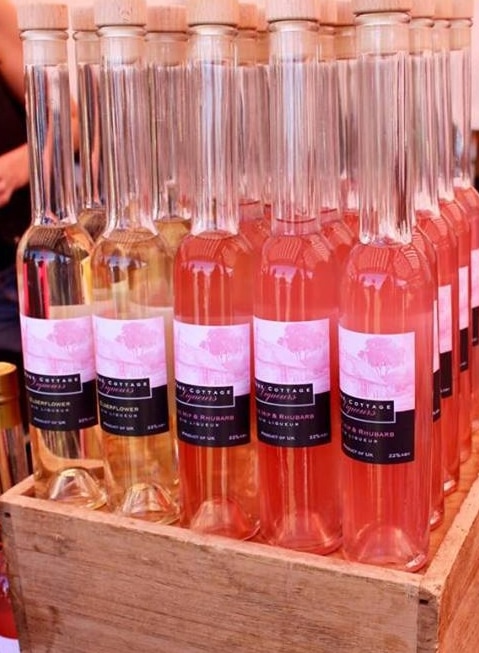
Gin nights at specialist bars are all the rage and can be found from one end of the country to the other. In London, the place to really understand and learn about gin is at the Ginstitute, where gin fans can create their own personalized sipping gin. The Ginstitute provides the botanicals from cassia and juniper to coriander and orris root for you to create your own flavoured gin and you get to take a bottle home with you.
Hendrick’s gin is recognised for its rose and cucumber flavouring, Tanqueray for its grapefruit, coriander, angelica root and liquorice flavours, and Beefeater of liquorice and Seville oranges.
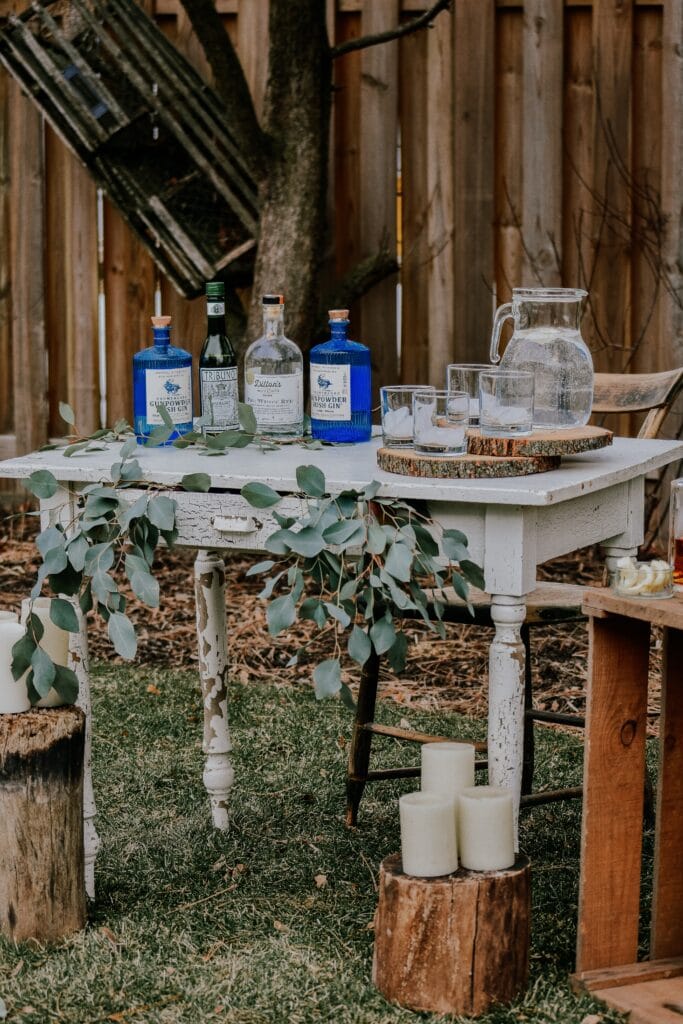
These days gin appears to be one of the most popular, trendy drinks around particularly in the UK. New gin makers are popping up every day and you can pick any number of Gin tours when travelling in Britain.
https://www.getyourguide.com/london-l57/london-gin-distillery-tour-with-masterclass-and-tastings-t399072/?partner_id=GD7YLO0&utm_medium=online_publisher&placement=content-topCan you make gin at home? Well, you can make gin you just can’t distil it at home that’s illegal. However, you can make some phenomenal flavoured gins at home and you can convert vodka to gin at home. If you are looking for a recipe you can find one here.
